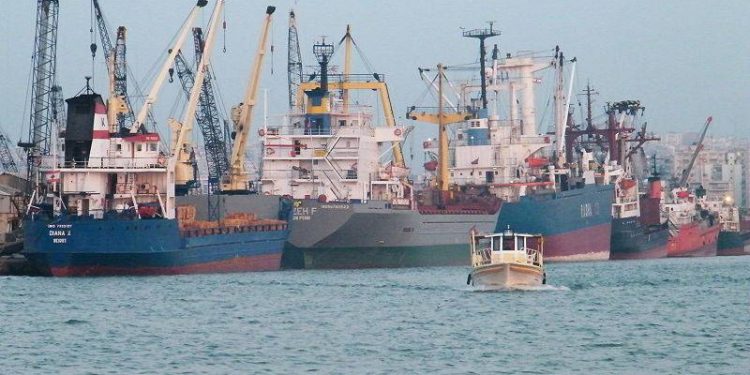Business Monitor International anticipated that the new container terminal that will be developed by UAE-based operator Gultainer at the Port of Tripoli will post strong growth once it begins operations.
It attributed the projected strong growth to the congestion at the Port of Beirut and the ongoing war in Syria. It noted that the need for a modern container terminal in the north increased over the past 20 months, as the Syrian conflict limited the ability of the Port of Lattakia and the Port of Tartous to process their usual levels of demand. It added that the Port of Beirut, which is Lebanon's primary maritime facility, has been struggling with congestion in recent years as it handled over one million twenty-foot equivalent units (TEUs) last year, exceeding its nominal handling capacity of 700,000 TEUs by 30%. It projected growth in activity at the Port of Beirut at around 4.5% this year, raising the need for developing the Port of Tripoli.
Further, it noted that Gultainer already operates a container terminal at the Iraqi Gulf port of Umm Qasr. It added that the link between the two ports will help shipping companies avoid the Suez Canal and the Strait of Hormuz when shipping from the Mediterranean to the Gulf. Also, it anticipated that domestic demand will support the Port of Tripoli's activity as it expected demand for imports of containerized goods to continue to grow despite the ongoing economic slowdown.
BMI said that the Lebanese government awarded a 25-year concession contract Gultainer for the development and operation of a new container terminal at the Port of Tripoli. It noted that Gultainer's initial investment will reach around $60m in new equipment and machinery. It added that the Port of Tripoli, Lebanon's second largest maritime facility, has received considerable investment in recent years. It said that the first phase of the port's expansion included the construction of a new breakwater and the expansion of the existing two, and was funded through a $58.6m loan from the European Investment Bank.
It noted that the second phase included the construction of a new 600-meter quay and the deepening of the basin to 15 meters, which would enable the port to accommodate larger vessels. It added that the second phase, which was completed in February 2012, was implemented by China Harbour Engineering Company.
Lebanon This Week – Byblos Bank Research
20 November
























































